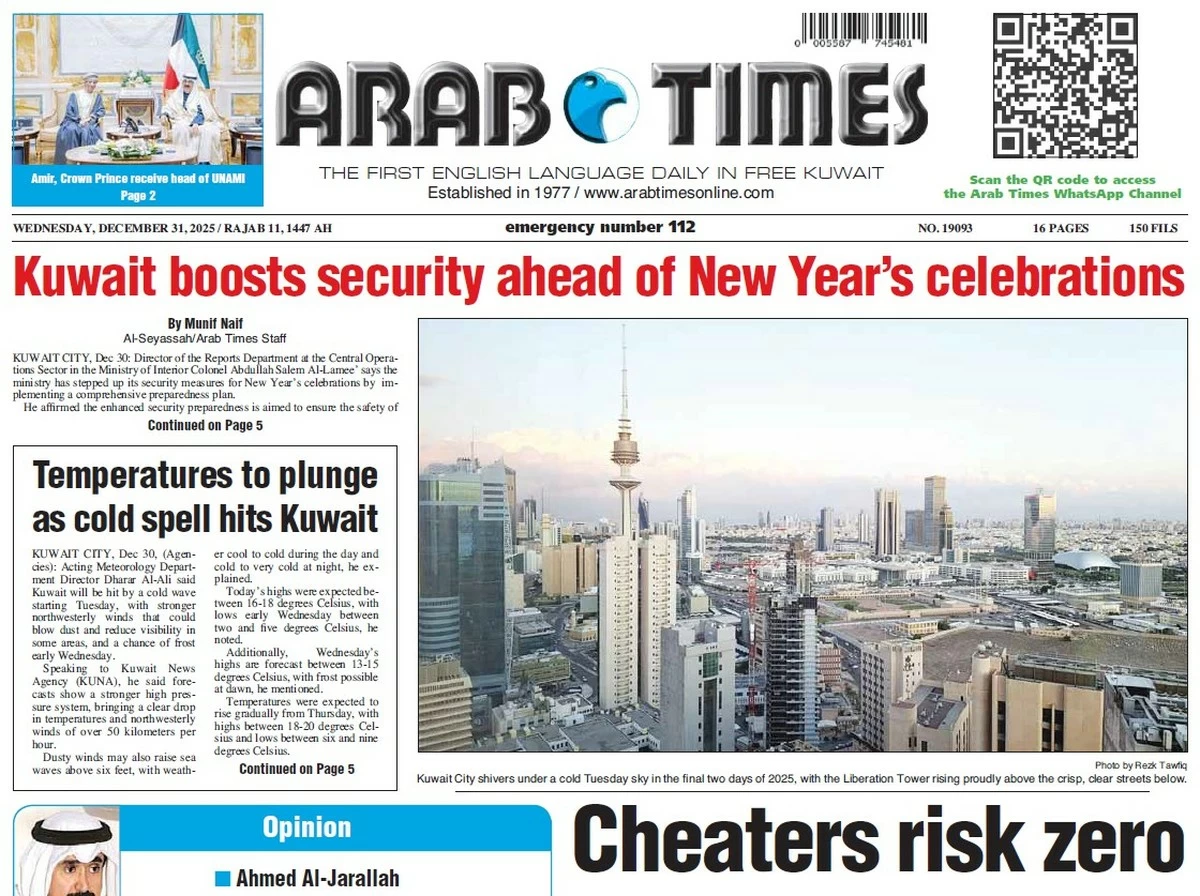09/09/2025
09/09/2025
KATHMANDU, Sep 9: Kathmandu was engulfed in chaos as Nepal’s sudden social media blackout spiraled into one of the deadliest uprisings in recent years, leaving at least 19 dead and more than 100 injured. Streets turned into battlegrounds on Monday as enraged youth clashed with riot police, demanding not only the return of their online platforms but also an end to corruption they say has crippled their nation.
The unrest was sparked by the government’s decision to block 26 social media platforms—including Facebook, Instagram, and YouTube—claiming the move was necessary to combat fake news, hate speech, and online fraud. But the ban backfired spectacularly.
For weeks, a fiery online campaign branded as “nepo kid” had gained momentum, exposing the lavish lifestyles of politicians’ children and fueling public anger over corruption and inequality. When the platforms went dark, frustration boiled over.
On Monday, thousands of young demonstrators stormed parliament in Kathmandu, shouting slogans of defiance—“Enough is enough!” and “End corruption!”. Some protesters hurled stones at Prime Minister KP Sharma Oli’s residence in Damak, while others lit fires in the streets. Authorities swiftly imposed curfews across several districts to contain the chaos.
Police responded with water cannons, batons, and rubber bullets, unleashing a wave of violence that left scores bleeding on the pavement. The death toll continued to rise through the night.
Amid the turmoil, Home Minister Ramesh Lekhak resigned, bowing to fierce criticism over the brutal crackdown.
Faced with mounting outrage, the government convened an emergency meeting late Monday. By nightfall, the ban was lifted. A senior minister admitted the decision was made to “address the demands of Gen Z,” acknowledging the extraordinary power of Nepal’s youth movement.
Protesters, however, insist the fight is far from over. “This isn’t just about social media,” said demonstrator Sabana Budathoki. “This is about corruption. We want our country back.”
Prime Minister Oli, visibly shaken, said he was “deeply saddened” by the violence, but blamed the bloodshed on “vested interest groups”. He promised an inquiry and pledged financial aid for victims’ families, along with free medical treatment for the injured.
Yet as dawn broke over Kathmandu, the city remained tense—its youth defiant, its leadership under siege, and its fragile democracy tested like never before.


